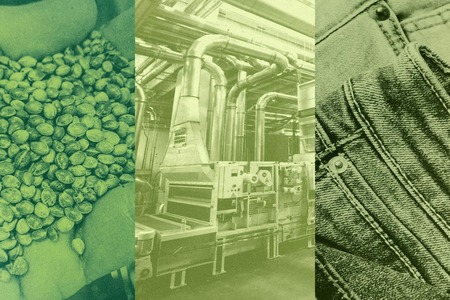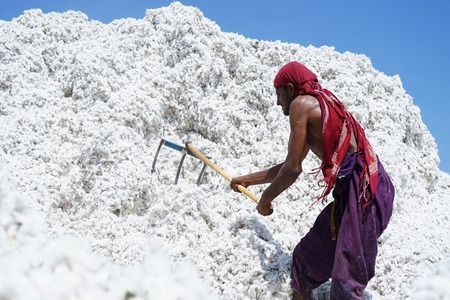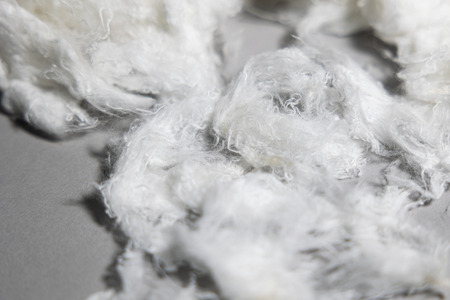Govt on the verge of implementing GST of 12% for textile industry
YarnsandFibers News Bureau 2016-09-07 15:00:00 – New DelhiThe government has so far incentivized the textile industry that has been one of the largest contributors to the country’s exports and provider of jobs to million. The latest being the R6,000-crore textile booster package in June this year, which has increased the duty drawback significantly.
Indirect taxes, being transaction-based, play an important role in the growth of any industry. At present, the government are on the verge of witnessing the implementation of the most awaited indirect tax reform in India, the GST, expected to be a growth stimulator. But whether this growth stimulator will support the booming textile industry in India or will it take it to a new low is a wait a watch situation.
At present the textile industry is plagued with several issues including classification disputes (fabric versus garment), differential taxation of cotton and man-made fibre, higher rate for composite mills than power looms, and so on. On a positive side, GST could be a timely solution by bringing uniformity and a level-playing field for textile players in all segments of the industry.
Considering the textile industry is tilted towards domestic market—with the industry coming under the GST net—domestic textile players would be able to take full credit of input tax as their sales would be liable to GST. This will reduce the cost of capital investment and encourage domestic textile players.
The new tax regime should positively influence exporters, as exports would be zero-rated and input tax credit would be fully available to textile exporters, though increasing working capital requirements in the interim. But the applicable duty drawback scheme at high rates will have no relevance under GST; this could be a dampener.
GST would undoubtedly make the textile industry more organized and regulated, thus compelling non-compliant textile players to become GST-compliant to ensure free flow of credit and competitiveness in the market.
On the other side, the proposed GST rate of 12% is likely to have a negative impact on the textile industry, the worst being the cotton value chain which is currently leviable to zero excise duty under the optional scheme.
The textile industry is a beneficiary of several exemptions (for instance, central excise and VAT exemption) through the value chain, thereby reducing the tax incidence to an average rate of 8.9%. Additionally, the current rate of tax on branded apparels is much lower than the proposed 12% GST.
The textile industry is one of the most price-sensitive industries and such a high and sudden increase in the tax rate would severely reduce competitiveness in the domestic market on account of working capital blockage and expensive final product. The timing of the booster package is, therefore, crucial for the future of this sector, which has not seen investments for years.
It is important for the government and the GST Council that will be formed sometime in September to have a focused approach towards certain sectors like textile, which contributes significantly to the economy. The GST Council should be careful while imposing the rate of 12% on this industry and come up with a specific implementation plan of lower/standard rate of GST in a phased manner.
While GST is considered to be the new and refined way of life in the indirect tax space, specific considerations and concerns have to be addressed to ensure sustainability and competitiveness of the textile industry, and to facilitate this industry to reach its potential.
It is important for this industry to have enough breathing time to cope with higher tax rate. While under GST the concept of outright exemption is unlikely, in order to ensure profitability and sustainable growth path for the industry, the government could consider increasing specific subsidies beyond the current plan.
Market Intelligence
Ask for free sample Report

experience
Customer Base
dedicated team
Countries Served Worldwide









